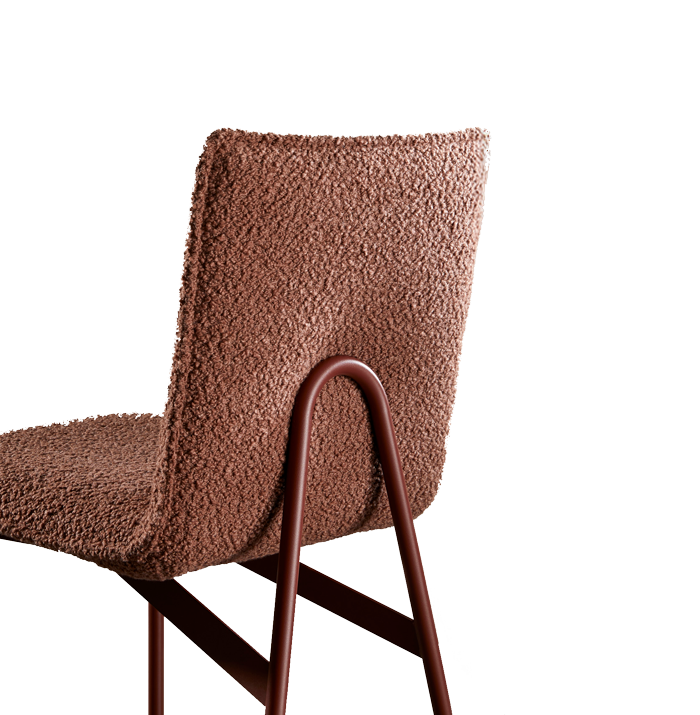More than just technologies for the gaming industry, augmented reality (AR), virtual reality (VR) and mixed reality (MR) are changing how we design, create and experience everything from buildings to cars to working environments.
At Zenith, the research and development team has spent a number of years experimenting with and testing VR, AR and MR to discover new ways of enhancing the design process and to offer tailored experiences for its clients that aid understanding of projects.
Given the dizzying speed at which the technology has progressed, it’s worth taking a brief moment to look at what each different application means.
Virtual reality
Virtual reality (VR) places the user inside a simulated experience. Instead of viewing a screen in front of them, users are immersed and able to interact with 3D worlds.
Augmented reality
Augmented reality (AR) is an interactive experience of a real-world environment where digital elements are projected in to your line of sight.
Mixed Reality
Mixed reality (MR) is a hybrid of virtual reality and augmented reality. The key characteristic of MR is that the synthetic computer-generated content and the real world content are able to react to each other in real time.
The Zenith Experience
Initially, Zenith made the leap into VR for the sole purpose of using it as a design tool to evaluate designs, make faster decisions and reduce prototype costs and wastage. It was only after research into the field became more advanced that the company realised how effective it could be as a presentation tool.
“We have been using VR as a tool to give our clients a custom, interactive experience, where they can walk through their buildings and get a true sense of the scale, space and the finishes of their furniture,” explains John Khoury, Revit content developer at Zenith.
But instead of using out-of-the-box solutions, Zenith has gone one step further and developed its own custom VR experiences from scratch.
“We have chosen to go down this path so we can include interactions that ready-made solutions just can’t,” says Khoury. “This includes adding a menu for clients to pick and place their furniture in real-time, or even adding in animations such as showing height adjustable workstations going up and down. This allows us to offer our clients an experience tailored specifically for them.”
VR isn’t just a visual tool for clients, it allows them to truly experience their spaces and understand what Zenith can offer them in terms of furniture and other solutions. It also gives clients the confidence to make decisions faster, reduce lead times and even the need for physical prototypes.

VR at FM Summit 2018
While VR has a multitude of uses and benefits, it’s AR and MR applications that Khoury believes are the future of virtual presentations.
“VR is very good for allowing the end users to see what the end result of a development activity will look like and we also believe it will be used extensively in training. In the case of AR and MR they could be very helpful for facilities managers when planning any changes to building layouts or services.
“This is mainly because we as humans still want to touch and feel physical objects but we also want to have more information available to us other than how it looks and feels,” he says.
For example, MR could give clients the ability to do a full test fitout without the need to model their space. It could also mean that even if a physical piece of furniture was available, clients could change the finishes virtually by overlaying colours, adding virtual accessories to the physical furniture or seeing a demonstration of how to maintain and install components.
In short, virtual reality tools are giving Zenith’s Industrial designers a powerful medium for explaining designs and concepts to clients in a way never seen before.





